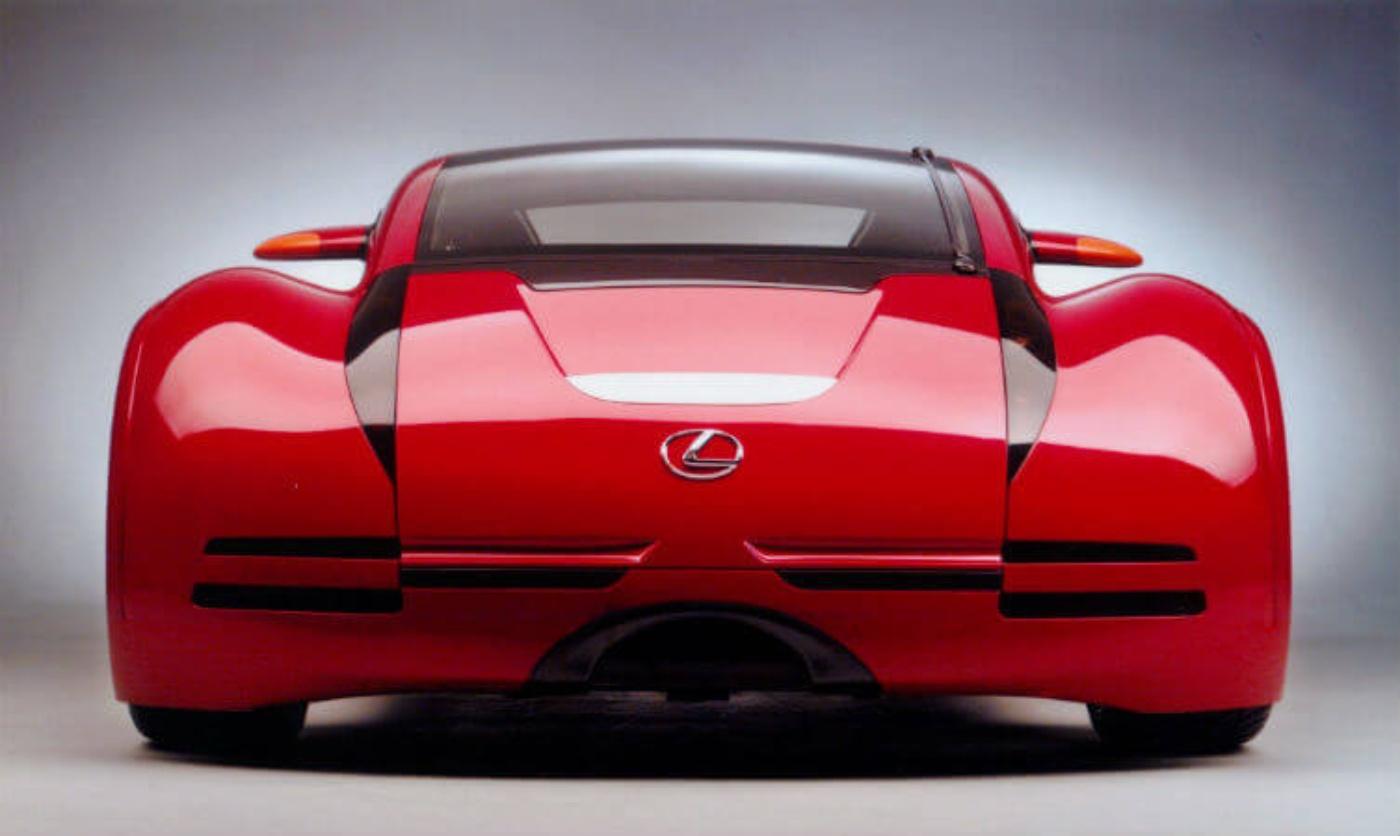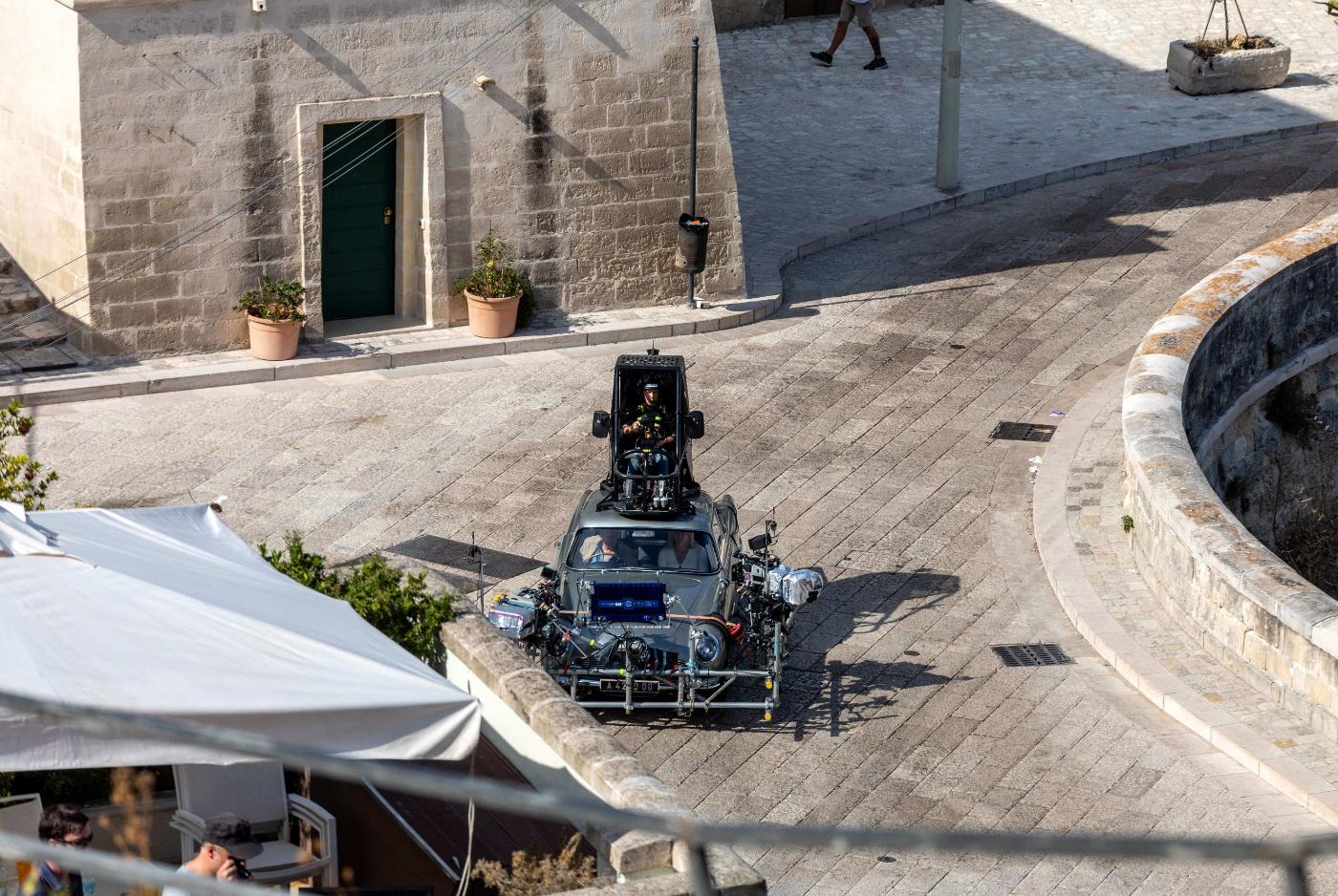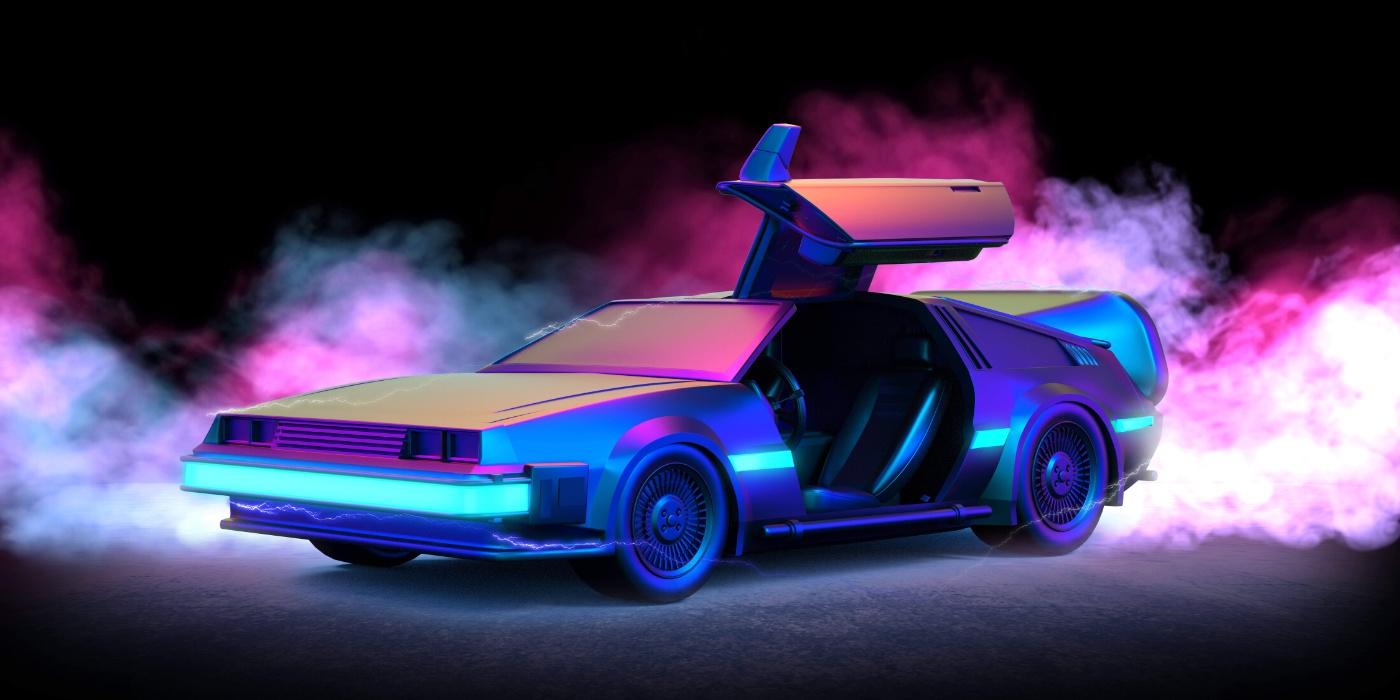
Urban Mobility
Hollywood's Mobility Visionaries
Sometimes the automobiles in Hollywood films are more than just fantasies. Productions such as Back to the Future and the James Bond films feature mobility innovations that have proved to be prophetic. Several of the best Hollywood inventions have made the leap from fiction to reality. Photo: © Adobe Stock
Back to the Future: Flying cars and the Micromobile
The DMC-12 from the Back to the Future trilogy (1985-1990) is probably the most famous car in recent cinematic history. At the end of Part 1, the car – a DMC DeLorean vehicle turned into a time machine – retracts its wheels as it flies off the asphalt and into the future. The necessary thrust is provided by an atomic reactor in the car’s tail end. In Part 2, the reactor has been replaced by a "Mr. Fusion" Home Energy Reactor that transforms stale beer and banana peels into fuel. The car built by the fictitious inventor Dr. Emmett Brown, played by Christopher Lloyd, is not that far removed from today's reality. Although we still do not have far-fetched technical devices such as the Flux Capacitor capable of sending passengers on journeys into the past or the future, alternative powertrains running on biogenic fuels and electric power from regenerative sources or fuel cells already dominate the agenda of the automotive industry. Even flying cars are no longer relegated to the realm of science fiction, as evidenced by numerous air taxi projects like the Volocopter. In 2017 this start-up co-financed by Daimler conducted the first autonomous flight worldwide in Dubai. Volocopter’s Multicopter is an electrically propelled flying two-seater with vertical takeoff.
The City Airbus made by Siemens and the aircraft manufacturer Airbus has also successfully completed its maiden flight. This air taxi will initially have a pilot on board, but will later fly passengers to their destination autonomously. In the U.S. the helicopter manufacturer Bell has introduced the Nexus Project and Hyundai is now developing a flying vehicle together with Uber. Paul DeLorean, nephew of the late DMC founder John DeLorean, is developing a flying car together with his company DeLorean Aerospace.
The BTTF trilogy even took up the topic of micromobility: in the fictional city of Hill Valley, people zip along several centimeters above the road surface on hoverboards. Scientists working at the Leibniz Institute for Solid State and Materials Research and the Dresden-based company Evico have developed a prototype with magnetic levitation technology for Lexus. Inside the "Cryoboard" there are superconducting magnets cooled with liquid nitrogen. However, this invention requires a special substrate with permanent magnets. The magnetic field maintains a fixed distance between the board and the track, causing the board to levitate. This magnetic force is so strong that you can stand or even jump on it. With their inventive ideas, the script writers Bob Gale and Robert Zemeckis set milestones in the 1980s.
Minority Report: Autonomous driving and self-healing powers
In the 2002 science fiction film Minority Report directed by Steven Spielberg, police apprehend criminals before they commit the crime. As Supercop John Anderton, Tom Cruise parks his futuristic Lexus in his own apartment on the 100th floor after work. This car is the brain child of the German product designer Harald Belker, creator of the Batmobile and now a man sought after in Hollywood for his cinematic visions of mobility. With all its technical "bells and whistles," the Lexus was an automotive vision of the future. It was powered by a fuel cell and furnished with a DNA recognition system that opened and closed the car doors and started up the engine. Moreover, the car responded to voice and gesture commands, travelled on autopilot, adapted the ambient interior lighting to the driver's moods, and used sophisticated sensory systems to prevent accidents. The car body was made of special metals that returned to their original shape following deformation and composite materials that automatically repaired damages. Nearly 20 years later, almost all the technical ideas dreamed up by Spielberg and his technical staff have been incorporated into automobile prototypes or series vehicles.

In 2014 Google presented a totally self-driving concept car without a steering wheel. Autonomous driving has in fact developed into one of the most important innovation trends in the automotive industry. Modern assistance systems make use of camera, radar and LIDAR technology. The Toyota Mirai, the first car powered by a fuel cell to go into series production, has been on the market since 2014. Gesture and voice control are now standard features at BMW. Automotive suppliers like Continental have been working on biometric access systems for years. The Lamborghini concept car "Terzo Millenio" has a self-repairing outer shell that can do minor repairs. Sensors detect small defects and cracks. Below the car body is a network of microscopic channels that transport liquid chemicals to damaged spots and glue the car together again. Even the autonomous valet parking in Minority Report is no longer an utopian vision: the apartments in the Porsche Design Tower in Miami come with garages. Residents' cars are brought to their apartments autonomously by elevator.
James Bond: The first GPS system and remote control
A total of 25 films with the British agent James Bond alias 007 made it to the silver screen. In these films, M16's charming all-purpose weapon always drives an exotic two- or four-seater. The first James Bond, the legendary Sean Connery, drove a Sunbeam Alpine. A long list of actors – Roger Moore, George Lazenby, Timothy Dalton, Pierce Brosnan and Daniel Craig – followed Sean Connery “in her Majesty's service.” The makes of car they drove – Bentley, Rolls-Royce, Lotus, Toyota, BMW, Aston Martin and Jaguar – were all eyecatchers with technology well ahead of its time. The script writers had sensitive antennas for inventions. The stylish sportscars came with a full range of high-tech accessories enabling the protagonists to get out of more than one tight situation.

Many of the gizmos from the M16 development lab run by the eccentric "Q" are now reality. In Goldfinger 007 drives an Aston Martin DB5. Inventor Q had previously equipped the car with a navigation system showing the route on a monitor – possibly the world’s first automotive GPS system. Flying cars made an appearance in The Man with the Golden Gun in 1974 and were promptly dismissed by moviegoers as figments of Hollywood’s imagination. In Tomorrow Never Dies in 1997, James Bond steers his BMW 750iL from his cell phone. At that time remote control was a sensation in automotive circles. Today drivers can park – and unpark – some models of Mercedes and BMW by pressing a button. Drivers can even park their cars from outside the vehicle via the car key or parking app. Admittedly, innovations such as rocket drive and retractable snow runners have not yet made their way into the automakers' equipment lists – but it is probably just a matter of time before they do!
